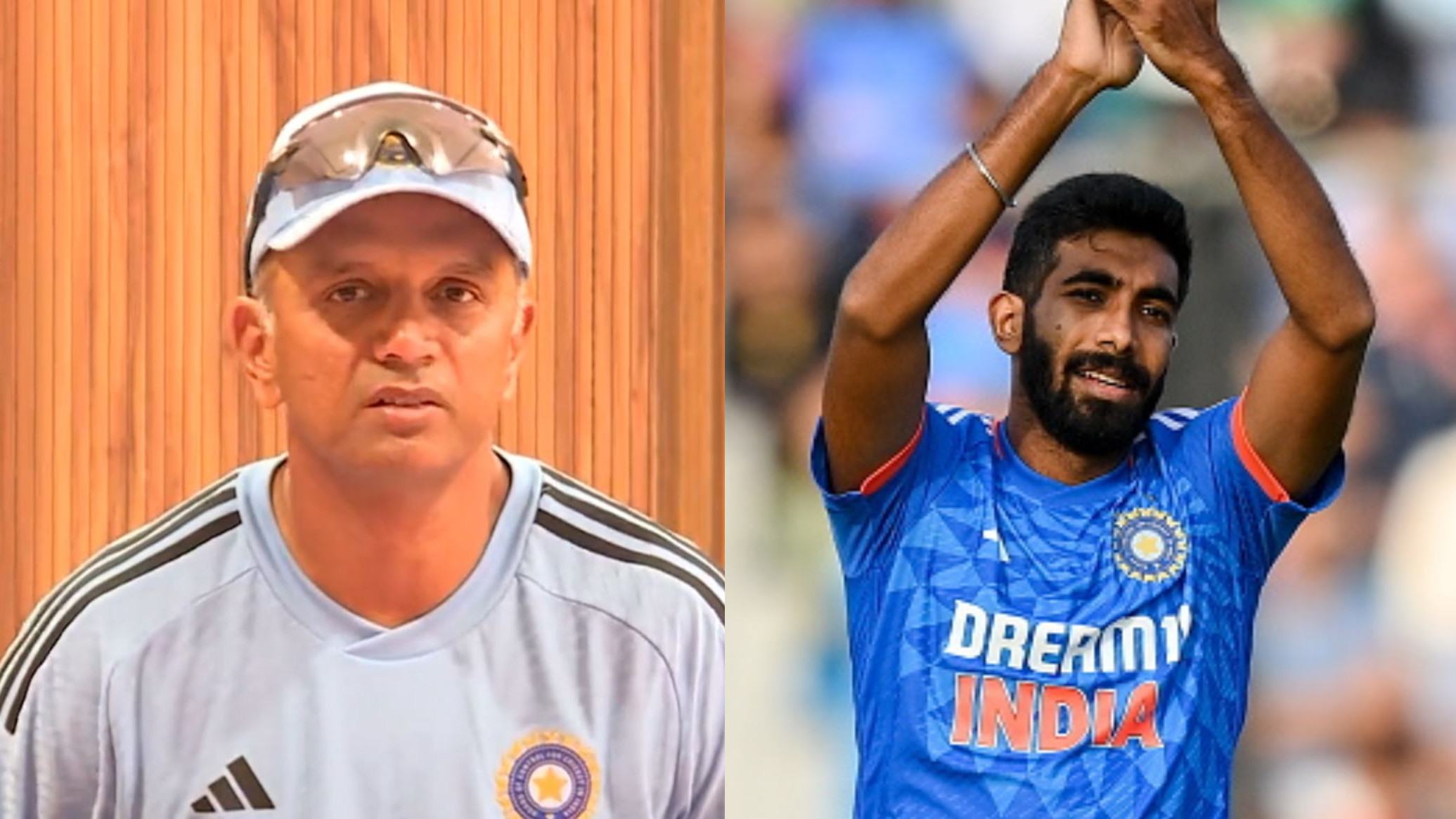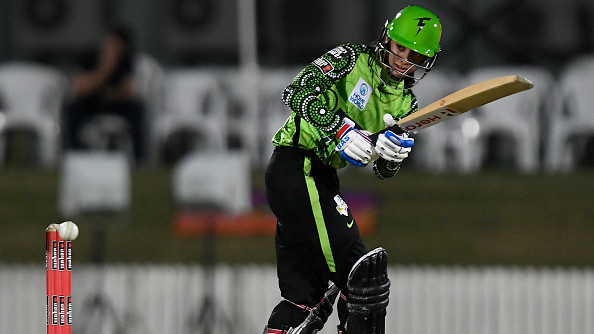India captain Rohit Sharma said that in recent times his average has dropped a bit, but his strike rate has increased as he incorporated more high-risk strokes into his game and is happy with the results he has gotten thus far.
Rohit will captain India in the upcoming Asia Cup 2023 tournament and then in the ICC World Cup as well. The Indian team will depart for Sri Lanka on August 30 to participate in the Asia Cup, as all of their games are scheduled in the island nation.
At the end of the 2019 World Cup, Rohit had scored 27 hundreds but in the last four years, he could add only three more centuries to his tally. The captain largely believes that this is because of the high-risk game he has adopted.
"I wanted to take more risks, which is why my numbers are slightly different now. My (ODI) strike rate (during this period) has increased but the average has dipped a bit. This is exactly what our batting coach (Vikram Rathour) was telling me, ‘You have scored big runs because of the way you batted all these years, and in the last few years, it (big runs) has not happened because you are taking risk,” Rohit told PTI.
Rohit Sharma holds a plethora of records in ODI cricket including the highest individual score of 264 and is the only batter to hit three double centuries in the format. His last 150-plus knock came in 2019 against the West Indies in Vizag.
"My career strike rate is around 90 (89.97) but in the past couple of years, if you look at my scores and consider the strike-rate, it has been around 105-110. So somewhere you had to compromise. It is not possible to have a 55 average and a 110 strike rate. This high-risk game is also a process of his self-discovery”, said Rohit.
"It was purely my choice. My usual batting is still my patent, but I wanted to try something else. I am very happy with the result. Everyone wants to bat long and score those 150s and 170s. I still want to do that, but it is always nice to do something that you have not done. It only adds up to your list of batting abilities. Unless you do it, you won't know it.
I know if I play high-risk shots, I will get out a few times but I didn't bother. This was communicated by me to the management that this is how I want to play,” he added.
An extension of that was the kind of tracks that Indian team has played Test matches on at home. He scored a brilliant century against Australia in Nagpur recently on a not-so-batting friendly surface.
"Look at my recent Test innings in India. I can tell you that batting in India is much more difficult now than batting overseas, especially in the last 2-3 years. The pitches that we have played on, it is more challenging than overseas.
That's why we haven't spoken about runs and averages of batting units. All of us agreed that we wanted to play on challenging pitches. I don't want to worry about what kind of averages we finish with. That is how I think but different players will have different thought processes, and I don't want to change that. I am going to play on pitches that suit our bowlers,” he said.
India will play Pakistan and Nepal in Group A matches in the Asia Cup on September 2nd and 4th in Kandy, Sri Lanka.
(PTI inputs)



